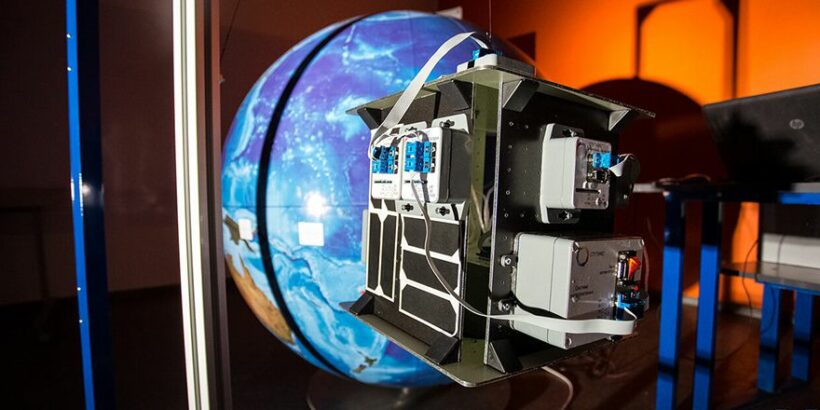The developers of the Russian spacecraft simulator Orbita have made the code of its first versions available to the public. With their help, school children in circles, at physics lessons and extracurricular classes at schools can design and launch a spacecraft, simulate its landing on various planets and performing missions in Earth orbit. The NTI Circle Movement press office said.
“The team work of schoolchildren on the simulator formed the basis of the methodology of the National Technology Olympiad and today similar programs are used at remote qualifying stages of the National Technology Olympiad (NTO, formerly the NTI Olympiad), allowing schoolchildren from any corner of the country to dive into new technologies,” the press service said.
According to Alexey Fedoseyev, one of the developers of Orbit and the president of the Association of the participants of technological circles, the idea of the simulator was for every schoolboy to try to design and launch a spaceship, to perform with its help a real mission to a distant planet.
“In the first version of the simulator, students went through four missions in sequence, going with complications: on the Moon, Mars, Mercury and Venus. Participants had to fully design the vehicle, write flight programs, and then analyze telemetry. At the same time Orbit was not like children’s computer games, in which the rocket flies among the stars. Schoolchildren worked in the simulator as in a real engineering project, with complex calculations, graphs and texts. Another important feature was that the simulator was designed for team use – similar to a real space project with several specialists working on it. We later implemented this model of team competitions, which was tested at the first Orbit tournaments, in the NTI Olympics,” explained Alexei Fedoseev.
The first version of Orbit, created with the support of Education of the Future, Sputnix and the Agency for Strategic Initiatives, was actively used at the summer schools of the Lift to the Future all-Russian program for lessons with schoolchildren and teachers, and tournaments in modeling spacecraft were held on it. A little later, the second version of the simulator was developed – in it the spacecraft flew only around the Earth, but performed more complex missions: calculated the flight, the temperature allowing the vehicle not to overheat, photographed the Earth’s surface or carried out communication between ground communication points. Using this version, the 2015/2016 school year saw the first STI (now STO) Olympics. Both versions of Orbit are now available for everyone to download and use.


